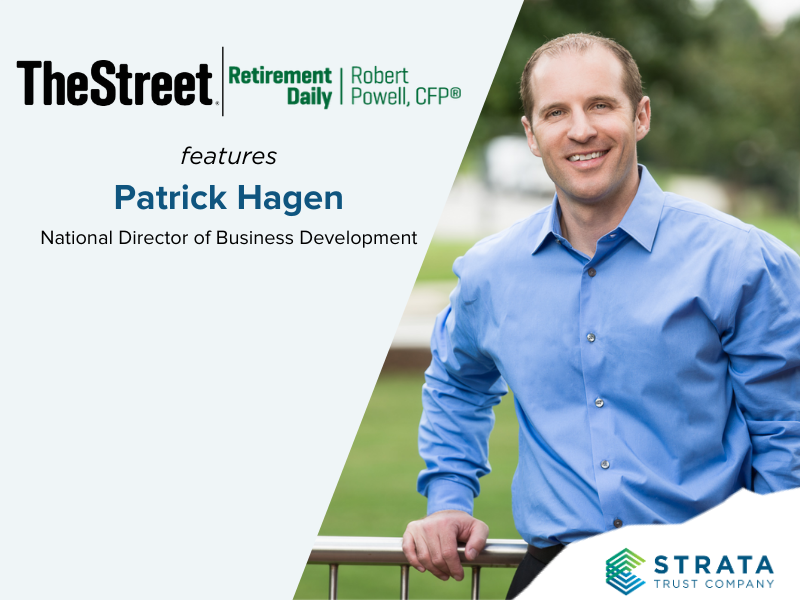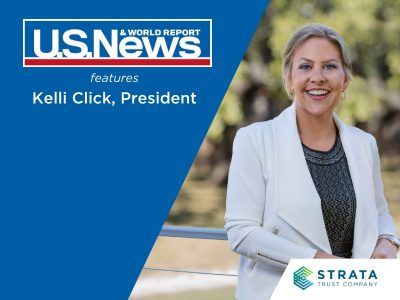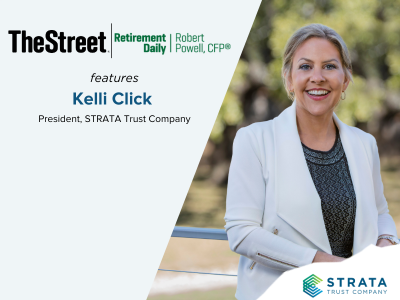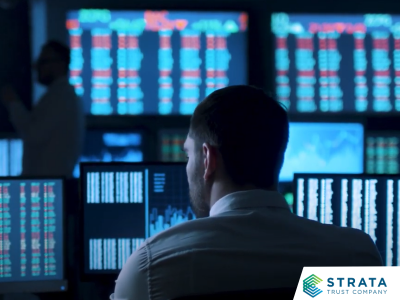Article originally published on TheStreet –
Last year was marked by historic volatility as the market plummeted in March before eventually righting itself and finishing the year strong. But even with that impressive recovery, substantial issues remain with the U.S. economy due to the impact of the coronavirus. As a result, many investors are looking to capitalize on the market turnaround and build diversified retirement portfolios.
One option for investors here is to leverage self-directed individual retirement accounts (SDIRAs), which are seeing a surge in popularity. Their key attribute is enabling investors to diversify out of the market and into alternative options, such as private equity and private debt, while offering tax benefits.
Tax-smart investing
One of the appealing aspects of SDIRAs is the role they can play in tax-smart investing. Tax-smart investing is a paramount consideration right now not only because of the general uncertainty surrounding financial markets, but the persistently rising national debt. That bill will need to be paid at some point, and it could take the form of tax increases on American citizens.
As a type of IRA, the SDIRA has built-in tax benefits related to capital gains and income tax. With this in mind, appropriate planning for investors entails determining which types of investments are better suited within an IRA. A standard private equity offering, convertible debt investment, venture capital fund or piece of real estate are all assets that could make sense to locate long-term in an IRA. The tax burden is deferred in traditional IRAs and eliminated in Roth IRAs, allowing individuals to keep that money invested and growing over their lifespan, which could result in a larger nest egg to draw from when they reach retirement age.
Private equity insight
When investing in private equity, venture capital (VC), and other startup companies, the opportunity comes with the high-risk, high-reward aspect. Every publicly-traded company began at one point as a privately held company, and anyone who invested at the ground level likely did very well as those shares gained exposure to the general markets and became much more valuable.
Whether you invest in a startup bank, private VC fund, or hedge fund, the potential returns are generally higher than for run-of-the-mill stocks, mutual funds, or ETFs. Is there more downside risk in some cases? Absolutely. But investors here bet on the upside potential.
Private debt details
In terms of private debt, there are two types to consider. One is convertible debt, which is often used in early-stage capital raising for startup companies until they are positioned to raise larger amounts of capital in an equity offering.
For instance, let’s say someone invests $50,000 in a startup company. Rather than receiving shares, they would get a promissory note that could be converted to equity, usually at a discount to the price of the next round of equity financing. Some people like to invest in convertible notes because it puts them in a position to acquire more shares due to the compounded interest and the conversion discount than if they waited for an equity offering.
The other type of debt is secured real estate, where an IRA lends money to a company or individual secured by a deed of trust or mortgage, and the IRA receives an agreed-upon rate of interest on that investment. This can be an appealing alternative diversification strategy because the investor essentially becomes a lender like a bank in exchange for a fixed, preplanned return in their IRA.
It’s a unique opportunity because of the gap that exists between what smaller community banks are willing to lend on certain deals and what larger banks typically lend on big deals. The result is a middle-market where investors can deploy funds. If an IRA is making that private note investment, the return can be very solid and the collateral backing provides relative safety.
Truly diversifying retirement plans
In some cases, investors may be relatively diversified in terms of their personal financial statements and assets. For example, they might own real estate, private debt investments, or even some startup or private equity holdings. But those assets are rarely held in their retirement portfolio, which often composes the majority of their net worth.
For those who work with a brokerage firm for their retirement account, the restrictions of that firm inherently limit their ability to invest in certain assets. It’s likely they’ll only have exposure to bonds, stocks, and ETFs, and won’t be able to invest in something alternative and non-correlated. Therefore, investors may want to consider how truly diversified their retirement portfolio is and whether they could benefit from setting up an SDIRA, specifically to access alternative investments through their retirement account for the first time.
Removing restrictions
A major impact to the SDIRA space originated with the Jumpstart Our Business Startups (JOBS) Act in 2012, which made it legally permissible for non-institutional investors to invest in alternatives. Previous legal language had been very restrictive about what an accredited investor could be, so there were extensive venture opportunities to choose from but a very small number of people who could actually invest in them.
The JOBS Act has made this type of investing more accessible, and awareness is gradually spreading among non-accredited investors as well as accredited investors. Additionally, capital raisers have realized they needed to refine their messaging. So instead of just targeting family offices and institutional investors, they’ve expanded their focus to include high-net-worth, accredited investors, and non-accredited investors that meet certain guidelines. As a result, they’re finding it easier to raise capital, and many people who want to invest in startup and private companies are realizing they now have that ability.
Yet, there remains significant room for growth when it comes to investing in alternative assets through SDIRAs. In fact, “The Retirement Industry Trust Association (RITA), a self-directed IRA industry trade group, estimates that assets in these types of retirement accounts represent 3% to 5% of total assets held in IRAs.” With widespread skepticism about public markets persisting among investors, and the appetite for alternative options expanding, alternative assets held in SDIRAs could rise significantly in 2021.
About the author: Patrick Hagen
Patrick Hagen is the national director of business development at STRATA Trust Company. He has over 15 years of professional experience with SDIRAs. Through his work, he helps to educate investors and financial advisors, raising awareness of SDIRAs and alternative investments.
The information provided in this article is educational content and not investment, tax or financial advice. You should consult with a licensed professional for advice concerning your specific situation.










